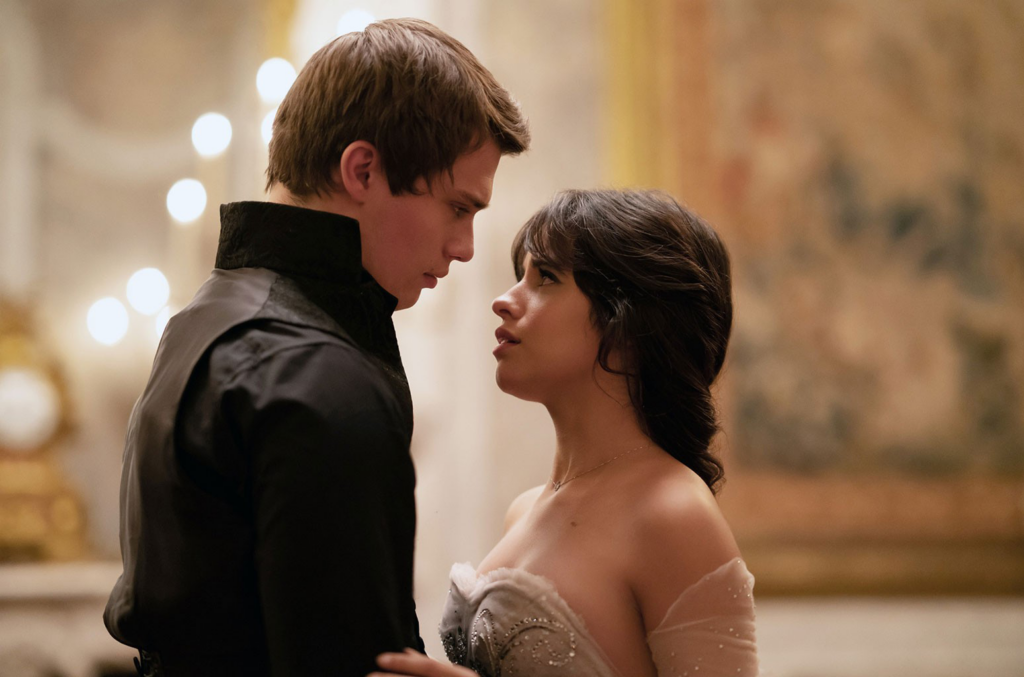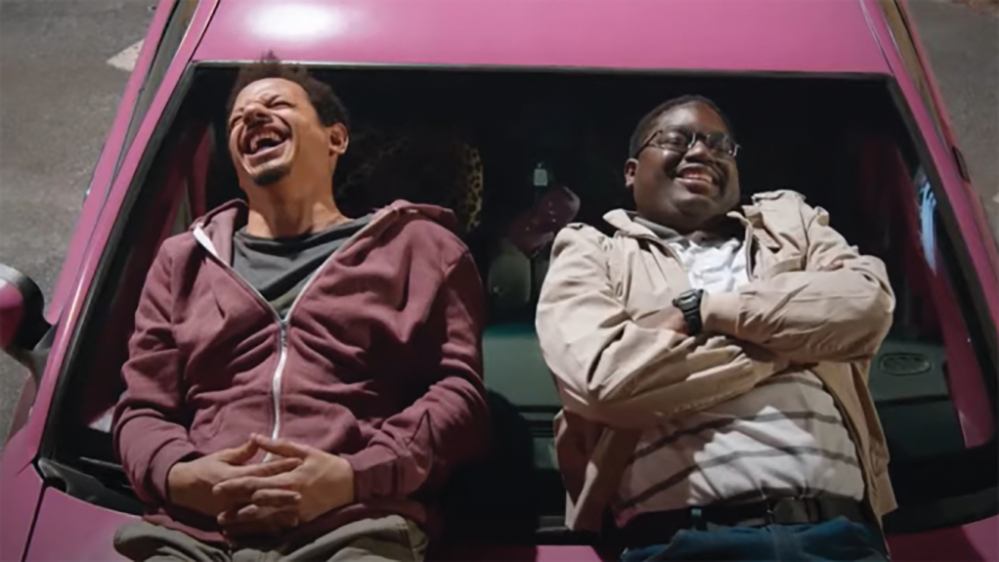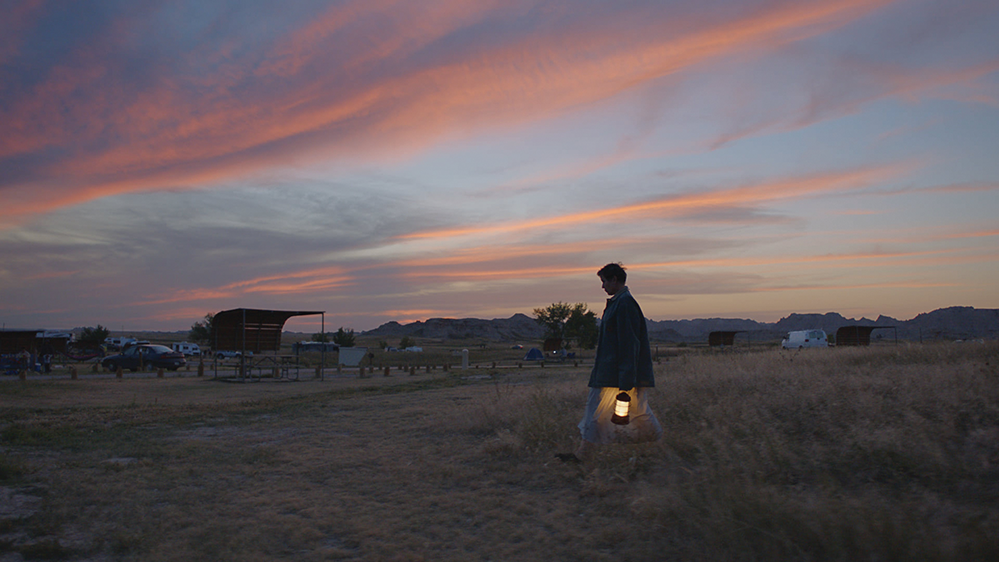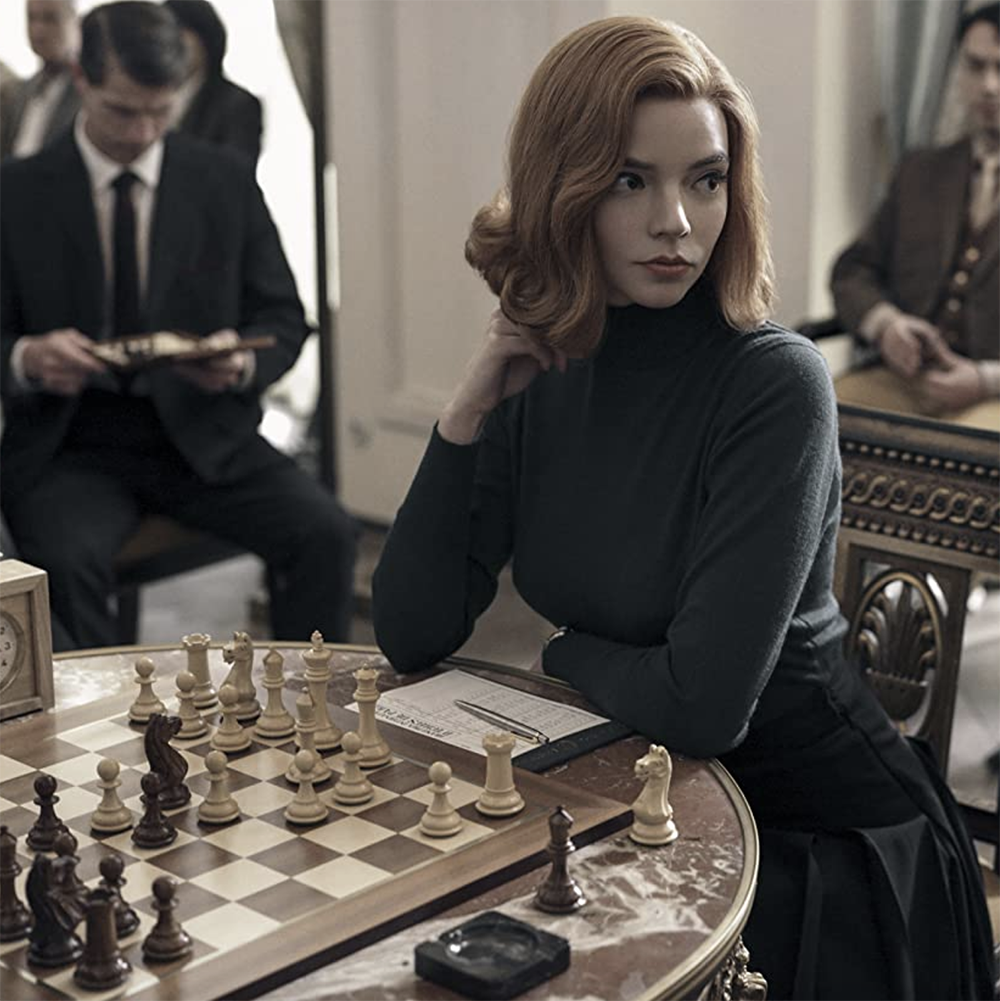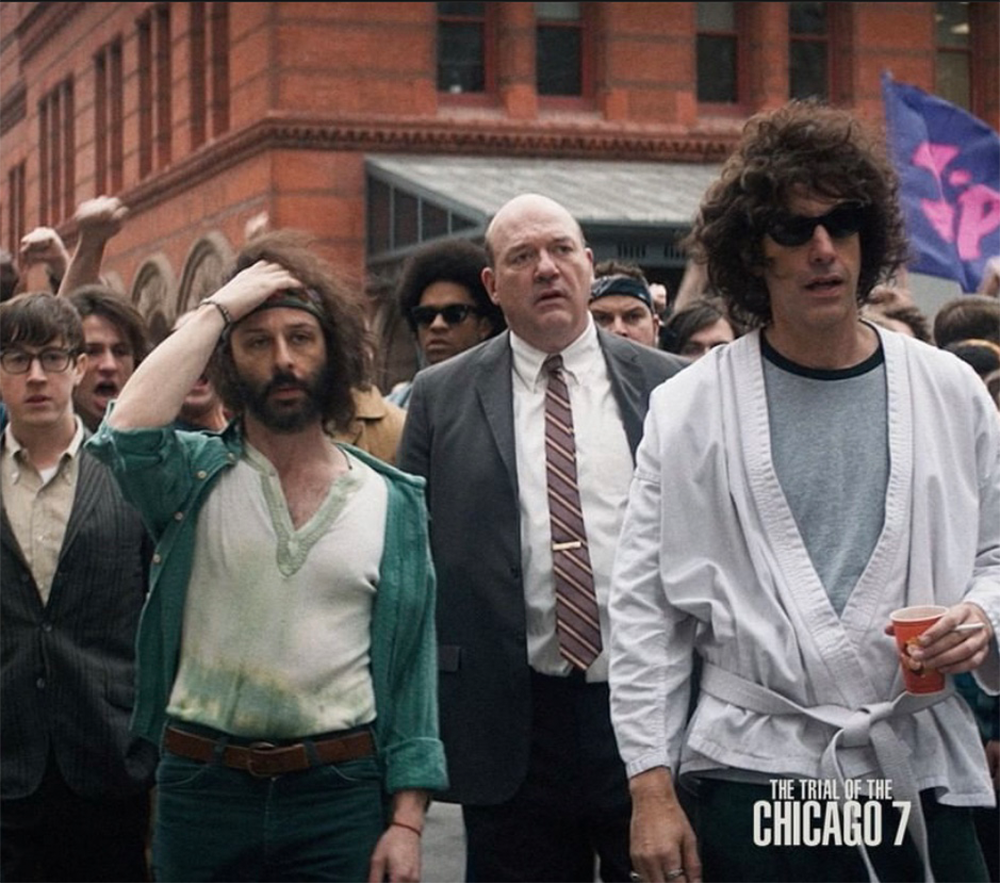★★★★★
Meticulously crafted and fantastically executed, “The Lighthouse” is Robert Eggers’s follow-up to his film “The Witch,” which was released to critical acclaim in 2015. Set in the late 19th century, “The Lighthouse” chronicles the surreal descent into madness of the ragged sea dog Thomas Wake (Willem Dafoe) and his reserved, simmering assistant Ephraim Winslow (Robert Pattinson) over the course of their time as lighthouse keepers on a small island in an undisclosed location.
Dafoe’s and Pattinson’s performances are phenomenal. Dafoe throws himself into the role of Wake, delivering his at once crass and poetic lines with such marvelous charisma that the viewer can’t help but be seduced by the grimy old man. Pattinson meticulously develops Winslow into a case study of the rugged fisherman and showcases an impactful range. If their individual performances weren’t enough, Pattinson and Dafoe each complement the other’s character perfectly, creating exactly the tense and eerie intimacy demanded by a film with just two characters.
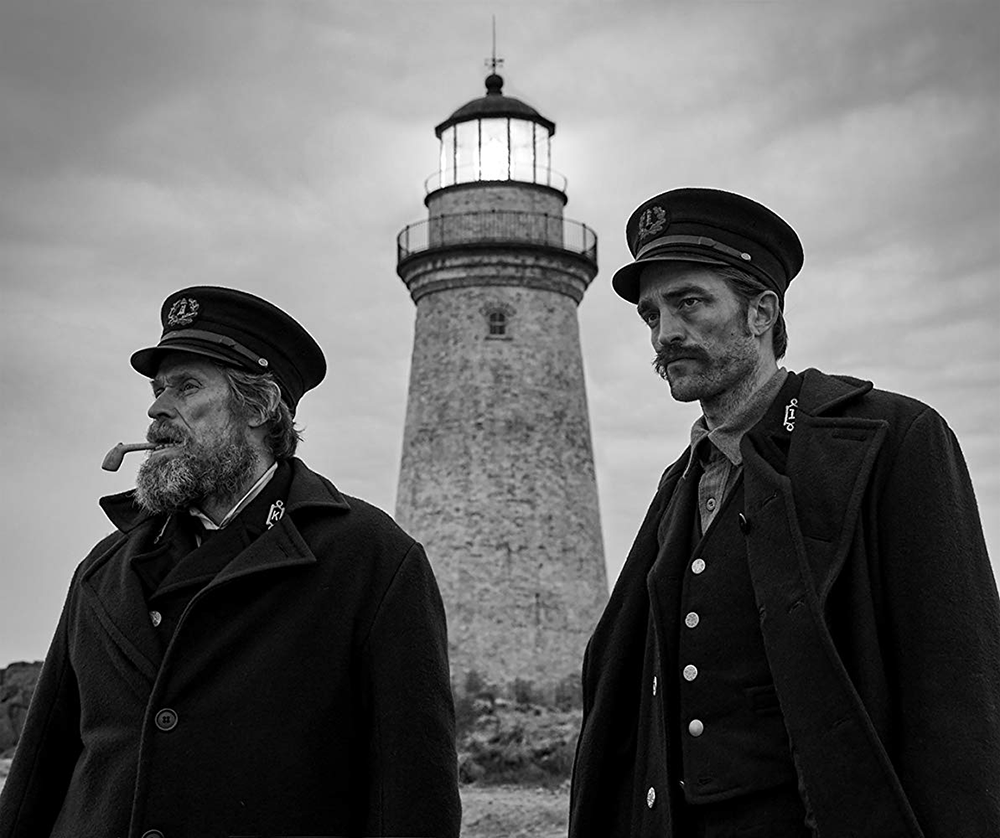
Despite the limitation of only featuring two characters, the film is far from lacking in substance. In fact, the dialogue, character development and plot progression are enthralling, making it easy to overlook the cast size. Wake is a salty old man of the sea and good old-fashioned drunk with a penchant for colorful language, and Winslow serves as a youthful foil: quiet, orderly, stoic. Wake orders Winslow around with sadistic delight, and, despite Winslow never failing to execute his orders, he constantly barks at him for falling short in his duties. Winslow silently suffers the toils that Wake puts him through, building up a throbbing resentment with every admonishment he receives.
The film’s major theme of isolation drives it forward. Winslow wants to but can never quite trust Wake, and is thus doomed to solitude, accompanied by self-doubt, yearning and, eventually, madness. More interestingly, the theme of sexual frustration is prominent and frequently recurring in the film, underscored by subtle sexual imagery — and the not-so-subtle phallic symbol that is the lighthouse — and, less subtly, by Winslow’s surreptitious episodes of lustful indulgence with a small mermaid carving and a set of racy dreams about the carving’s flesh-and-blood counterpart.
The relationship between the acquiescent Winslow and the delusional Wake ebbs and flows like the sea around them, moving seamlessly from cordial resentment to drunken brotherhood to schizophrenic hostility throughout their time on the rock. Pattinson and Dafoe work together flawlessly to convey and develop this bizarre fraternity, and Eggers’ fantastic direction weaves the viewer in as a part of their turbulent journey by focusing in on their ragged exploration.
The first half of the film is relatively tame, albeit unsettling in a can’t-quite-put-my-finger-on-it kind of way, but with a fair deal of framing and foreshadowing. The second half, however, is a rapid unfolding of events, with a rich explosion of themes and symbols in the final third.
The film slowly melts into surreal hallucination, with notions of time and any other grounding concepts of reality thrown out of the window by the end, leaving just the raw, nightmarish psyches of two men who have been stuck together on a rock for weeks on end.
Shot in 4:3 ratio, the film feels claustrophobic: There’s hardly enough room on the screen for both the maximalist set and the persistent, creeping tension between Wake and Winslow. Expert use of shadows in the black-and-white film and the creepy 19th-century costume design lends a sense of unease to the film, and the constant noise — crashes of waves and squawks of the gulls and creaks of the house — ensures that viewers never have the chance to sit comfortably in their seats while watching, even in moments of relative calm, of which there are few.
This movie will make viewers squirm, and that’s exactly what it intends to do. It will leave viewers speechless and shaken as it wiggles its way into minds and never finds its way out. Ever so often it’ll simply flash across your mind, like a blip on a radar or, more aptly, like a slowly, perpetually spinning light on the far horizon — a lighthouse in the distance.














